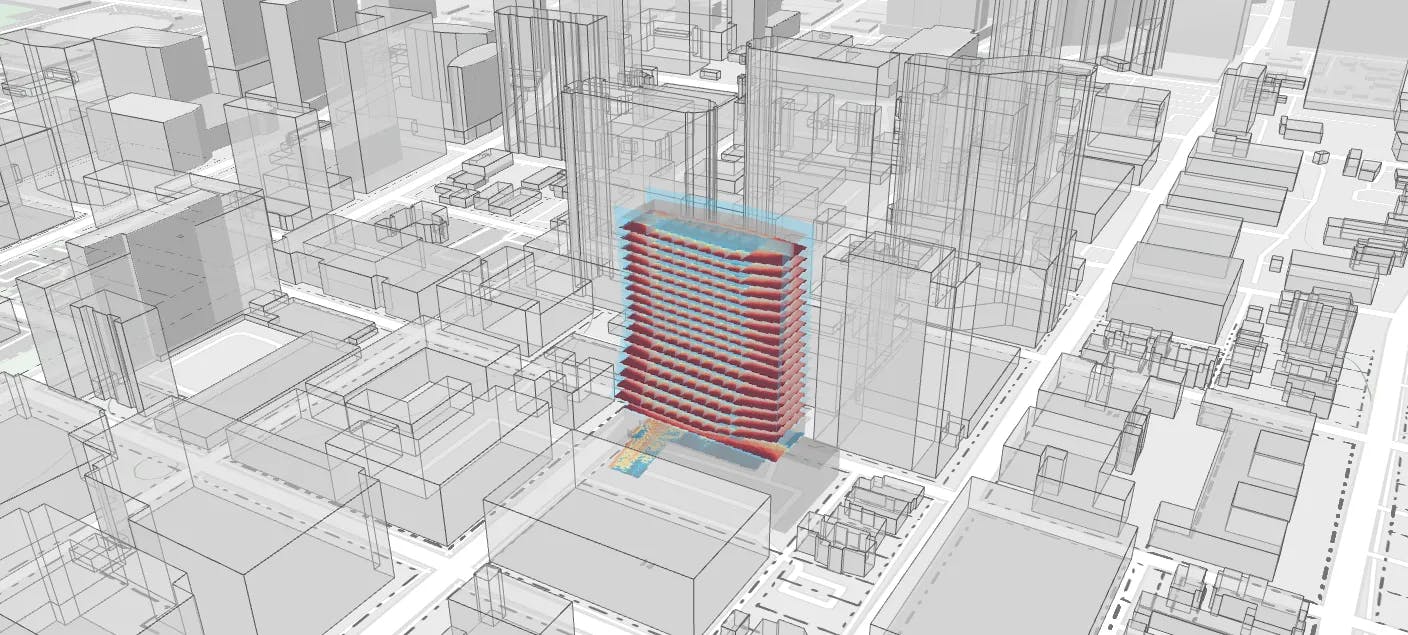Climate change continues to pose a fundamental threat to our planet and its occupants, making it critical to provide people with access to the tools they need to make a difference. On March 23rd, 2022, cove.tool released api.tool, the quick and easy way to connect daylight, glare, and energy simulations to your product. cove.tool developed api.tool to increase the widespread adoption of climate tech in the AEC industry by providing organizations with the tools to create and manage their suite of applications.
The cove.tool daylighting model is among the fastest globally, utilizing cove.tool’s combination of software and energy modeling expertise in perfect harmony. cove.tool plans to scale this technology exponentially at the rate of climate change and provide organizations with the tools they need to make an impact.
What is api.tool?
APIs bring people the right data at the right time. They are a quick and easy way to add value to the software. They often encourage innovation across industries worldwide, enabling developers to repeatedly leverage data, functions, and applications to build new products and services. APIs are often used to transform businesses by saving time and reducing costs, allowing companies to move into markets they may not have considered.
With the release of the api.tool, developers can now get access to cove.tool’s powerful back-end calculations. Software companies and architecture firms can connect their pre-built applications to run energy, daylight, and glare models in just minutes. api.tool also allows developers to easily integrate cove.tool into their existing workflows using any programming language that supports standard HTTP requests. The integration enables companies to create a unique branded experience for their customers. Via the API, it is possible to programmatically create new projects, update details of existing projects, upload project geometry, and receive immediate access to a building’s EUI breakdown, sDA, and ASE calculations. The API also supports uploading 3D vertex geometry for the 3D analysis view within cove.tool.
Is the cove.tool API right for your startup?

How does it work?
The cove.tool API is built using REST conventions, which offers resource-based URLs, standard HTTP methods, and status codes. Seamlessly integrate your app with cove.tool by making the appropriate HTTP requests. We recommend looking over the comprehensive examples provided in the documentation as well as utilizing standard API testing tools such as HTTPie or Postman to start interacting with the API.
